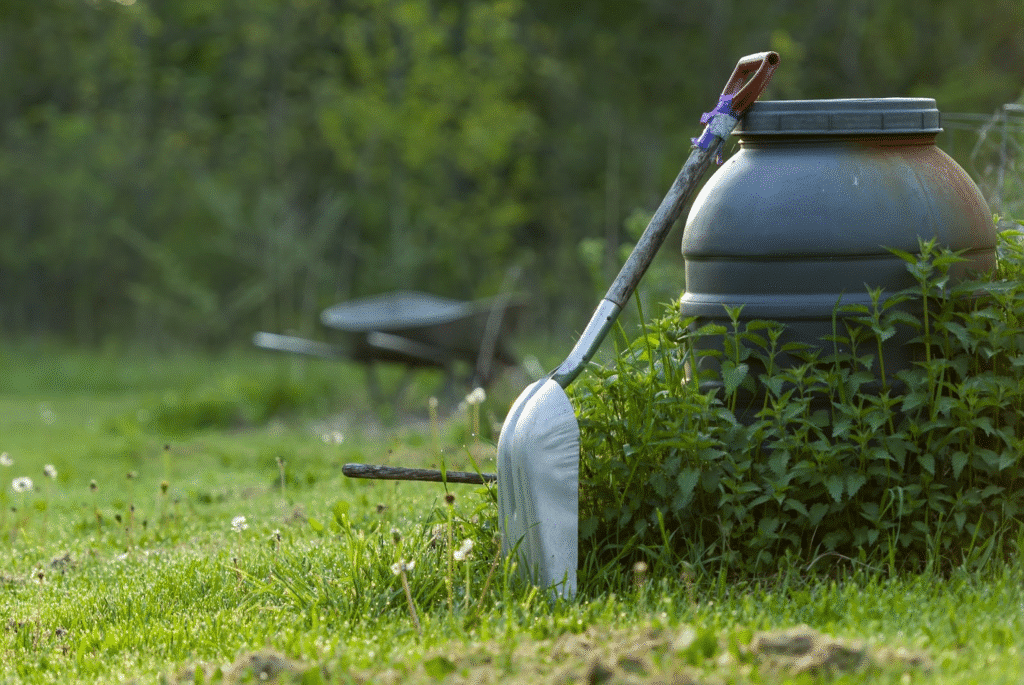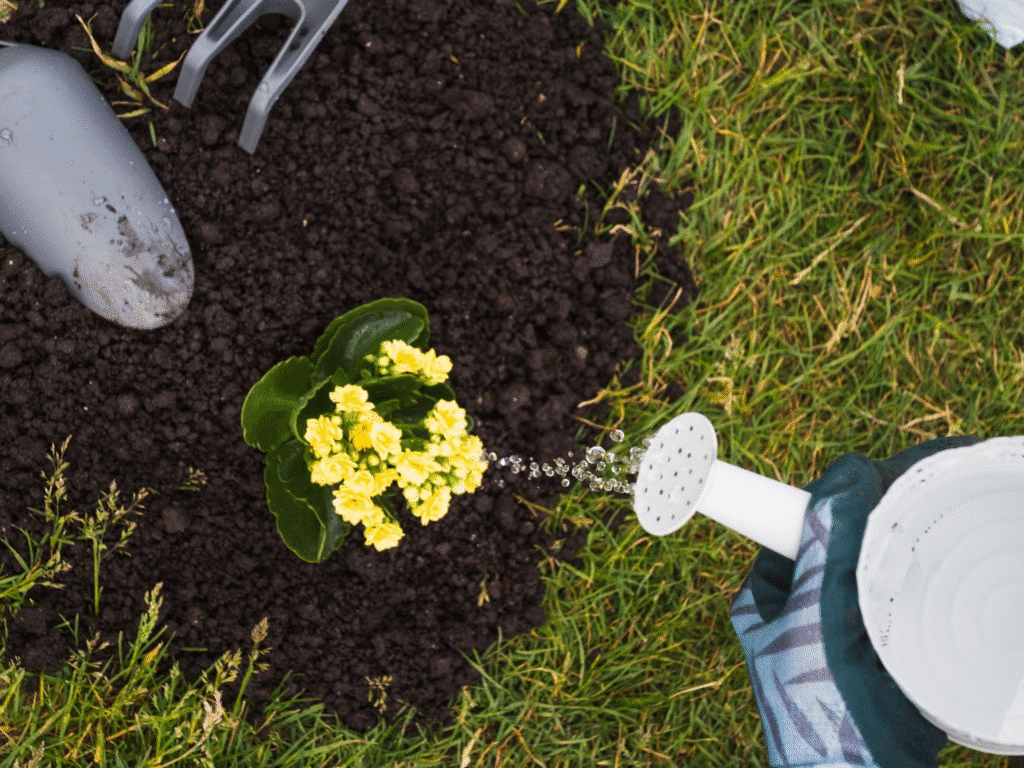How to Prepare Your Hastings, MN Lawn This Fall for a Greener Spring
In Hastings, MN, the first frost usually arrives between late September and early October. That makes fall a short but critical season for homeowners who want a green, healthy lawn next spring. Cool-season grasses like Kentucky bluegrass, perennial ryegrass, and fescues grow best when they’re given extra attention before winter sets in.
The truth is, your lawn’s spring appearance isn’t determined in April—it’s shaped by the care you provide in the fall. A few smart steps now can mean the difference between a patchy, weed-filled yard and a lush carpet of grass once the snow melts. Effective fall grass maintenance in Hastings, MN involves more than just raking leaves. Core practices like aeration, overseeding, and fertilizing will set your lawn up for long-term success.

Aeration: Loosening Up Clay-Heavy Soils
Hastings lawns are often built on clay-heavy soil. While durable, clay compacts easily, preventing grass roots from accessing the air, water, and nutrients they need. Over time, this leads to shallow roots, pooling water, and weak spring growth.
That’s why fall aeration in Hastings, MN is one of the best investments you can make for your yard. By pulling out plugs of soil, aeration opens pathways for oxygen and nutrients to reach the roots. This process also helps reduce thatch buildup and prepares the ground for other treatments like overseeding and fertilizing.
The best time for aeration is in early to mid-fall when the soil is still moist but not frozen. Hiring a professional is recommended, since commercial core aerators penetrate deeper and provide more consistent results than DIY tools or spiked shoes.
Overseeding: Filling in Bare Patches
Thin or bare spots in a lawn don’t just look unattractive—they invite weeds to move in. Fall is the ideal season for overseeding in Hastings, MN, since soil temperatures remain warm enough for seed germination while cooler air reduces stress on new grass seedlings.
For the best results, use seed blends designed for Minnesota’s climate, especially mixtures of Kentucky bluegrass, perennial ryegrass, and fine fescues. Overseeding works especially well when paired with aeration, since seeds can fall into the freshly opened soil cores and take root more effectively.
After seeding, water lightly once or twice a day until grass sprouts. Once seedlings establish, switch to less frequent, deeper watering. Keep in mind that herbicide applications should be delayed 4–6 weeks after overseeding to avoid damaging tender new shoots.

Fertilizing: Feeding Roots Before Winter
If you only fertilize your lawn once a year, fall is the time to do it. Applying a “winterizer” fertilizer in September or October gives cool-season grasses the nutrients they need to survive Hastings’ harsh winters. Unlike spring fertilizers, fall blends focus on root development instead of top growth. A stronger root system now means greener, thicker grass when the snow melts.
The ideal window for fertilizing lawns in Hastings, MN is four to six weeks before the ground freezes. Mow your lawn beforehand, then apply fertilizer evenly and water lightly to help nutrients soak in. This final feeding helps grass store energy in its roots, improving disease resistance and reducing the risk of bare patches in spring.
Leaf Cleanup: Preventing Snow Mold and Bare Spots
By late October, many Hastings yards are buried under heavy layers of oak and maple leaves. Leaving them on your lawn may seem harmless, but dense leaf mats trap moisture and block sunlight. This smothers the grass and creates conditions for snow mold to develop over winter.
For lighter leaf falls, mulching with a mower can return nutrients to the soil. However, with the heavy oak and maple leaves common in the area, full leaf cleanup in Hastings, MN is often the safer choice. Raking, blowing, or bagging ensures grass can breathe and absorb sunlight right up until the first frost. The cleaner your lawn is in fall, the healthier it will be in spring.
Weed Control: Stopping Broadleaf Weeds Before Winter
Fall isn’t just about strengthening grass—it’s also the best time to knock out weeds. Broadleaf weeds like dandelions and clover are especially vulnerable in autumn as they pull nutrients into their roots. Applying a selective broadleaf herbicide now can dramatically reduce weed problems next year.
However, timing is key. If you’ve recently overseeded, wait at least 4–6 weeks before applying herbicide. Otherwise, you risk killing young seedlings before they establish.
Watering & Irrigation: Adjusting for Cooler Weather
As temperatures drop, grass needs less water—but it still requires about one inch of moisture per week until the ground freezes. Scale back your watering schedule, but don’t shut it off too early. Consistent moisture helps roots absorb the fall fertilizer you’ve applied.
Before Hastings’s first hard freeze, schedule a sprinkler blowout to protect underground pipes. Skipping this step can lead to burst irrigation lines and costly spring repairs.

Equipment Prep: Winterizing Your Tools
Fall lawn care isn’t just about the grass—you also need to prepare your equipment for the long Minnesota winter. Start by sharpening your mower blades. Dull blades tear grass rather than cutting it, which leaves lawns more vulnerable to disease in spring.
Next, add fuel stabilizer to any gas left in your mower or trimmer. This prevents the fuel from breaking down and clogging the engine over winter. Drain and store hoses to avoid freeze damage, and keep lawn tools clean and dry to prevent rust. A few minutes of preparation now will save time and money when mowing season returns.
Local Considerations for Hastings Homeowners
Every city has its own lawn care challenges, and Hastings is no exception. The area’s clay-heavy soil compacts more quickly than sandy soil, which is why fall aeration in Hastings, MN is especially beneficial. Heavy leaf drop from local maples and oaks makes regular leaf cleanup essential, and the city’s slightly earlier frost dates compared to the Twin Cities mean timing is more urgent. Acting a week or two earlier than friends in Minneapolis or St. Paul could make all the difference for your lawn’s spring success.
Conclusion
A beautiful lawn in April starts with preparation in September. By aerating, overseeding, fertilizing, and clearing leaves, you’ll give your grass the best chance to grow thick and green next spring. Add in weed control, smart watering, and equipment prep, and you’re setting up your yard for long-term health.
If you’re ready to simplify your fall lawn care, our team is here to help. Whether it’s overseeding in Hastings, MN, professional aeration, or complete fall grass maintenance, we’ve got you covered.
Request your Free Estimate today or explore our Services to schedule your fall lawn care package. Your greener spring starts now!
